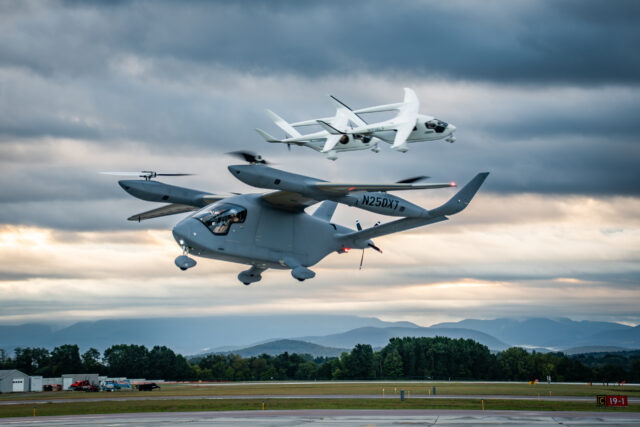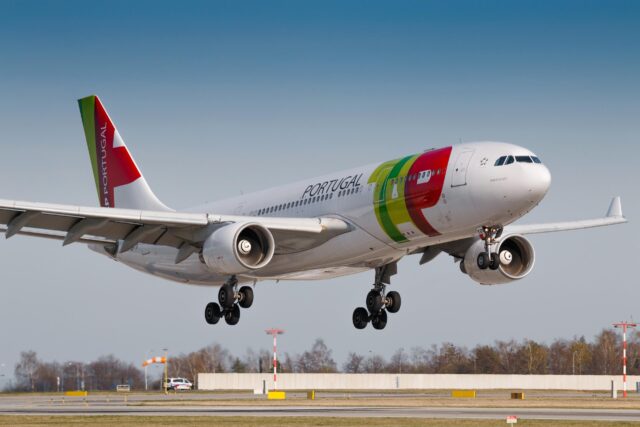Bangladesh to buy 20 Chinese J-10C fighter jets in $2.2bn deal to replace F-7s by 2027

October 8, 2025

Bangladesh is set to acquire 20 Chinese-made Chengdu J-10C multirole fighter jets in a $2.2 billion deal that will transform its ageing air fleet and further cement its long-standing defence partnership with Beijing.
According to The Business Standard, the deal includes not just aircraft procurement but also training, maintenance, and associated infrastructure, funded over ten fiscal years until 2036.
Deliveries are scheduled between 2026 and 2027 under a programme aimed at “modernising the Bangladesh Air Force (BAF) and strengthening national air defence.”
The acquisition marks Bangladesh’s single largest air power investment since its independence, making it the second South Asian country after Pakistan to operate the Chinese-built J-10C, dubbed the “Vigorous Dragon.”
Why Bangladesh chose China’s J-10C over Western fighters
For decades, the Bangladesh Air Force has relied heavily on ageing Chinese F-7 fighters, essentially upgraded versions of the Soviet MiG-21. Of the BAF’s 212 aircraft, 44 are fighters, including 36 F-7s that form the backbone of its combat squadrons. Eight Russian MiG-29Bs supplement this force, alongside a small fleet of Yak-130 light attack aircraft.

But the fleet’s limitations are showing. In July, an F-7 crashed into a Dhaka college campus, killing 36 people; a grim reminder of the fleet’s obsolescence and safety risks.
The planned J-10C purchase is thus seen as an urgent leap forward in capability and safety, replacing the accident-prone F-7s with a modern 4.5-generation combat platform capable of defending Bangladesh’s narrow airspace and maritime zones in the Bay of Bengal.
Bangladesh is also known to be evaluating the Eurofighter Typhoon, although it’s unclear whether this will translate into an eventual order.
How the J-10 “Vigorous Dragon” compares to the IAF’s Rafale
Developed by Chengdu Aerospace Corporation, the J-10C is a multirole fighter boasting advanced avionics, an Active Electronically Scanned Array (AESA) radar, and compatibility with beyond-visual-range PL-15 air-to-air missiles capable of striking targets over 200 km away.
The aircraft’s canard-delta configuration, powerful WS-10B engine, and optional thrust-vectoring capability give it high agility and combat versatility. It can perform both air-to-air and air-to-ground operations, integrating seamlessly with drones and support aircraft.

Brendan Mulvaney, director of the China Aerospace Studies Institute (U.S. Air Force), described the J-10C as “a modern and fairly capable aircraft-the best one China exports.”
Pakistan, which acquired 36 J-10CEs in 2022, reportedly deployed the type during its brief clashes with India in May 2025, though claims of downing Indian Rafales remain unverified.
Inside the $2.2 bn deal reshaping Dhaka’s air defences
While the J-10C is marketed as a cost-effective alternative to Western fighters, it still represents a major investment for Dhaka. The Chief Adviser’s Office estimated each jet’s base price at $60 million, totalling $1.2 billion, with another $820 million for training, spares, and freight.
Once insurance, VAT, commissions, and ancillary costs are added, the overall bill climbs to $2.2 billion (around Tk 27,000 crore). Payments will be staggered over ten years.
The acquisition is expected to be financed either through a government-to-government arrangement or direct purchase from a Chinese agency. An inter-ministerial committee headed by Air Chief Marshal Hasan Mahmood Khan is negotiating final terms, including training, maintenance, and payment schedules.

Dhaka’s choice of Chinese aircraft continues a defence relationship stretching back nearly five decades. China has long been Bangladesh’s principal arms supplier, providing F-7 fighters, K-8 trainers, Type 15 light tanks, and Type 035G submarines.
The Bangladesh Air Force’s institutional familiarity with Chinese equipment, coupled with Beijing’s attractive financing and rapid delivery promises, makes the J-10C a logical next step.
Bangladesh J-10 deal has been in the works for years
The deal had been in the works for some time, with speculation about Bangladesh’s interest in the J-10C circulating since late 2022. Reports of evaluation visits by Bangladesh Air Force officials to Chinese airshows and discussions during Chief Adviser Muhammad Yunus’s trip to Beijing in April this year suggested that the purchase was only a matter of time.
When Chief Adviser Yunus visited China, the discussions reportedly focused on the aircraft deal and Beijing “responded positively,” according to official statements.
The purchase also aligns with Bangladesh’s “Forces Goal 2030” modernisation plan, which prioritises boosting air defence and maritime surveillance capabilities.

The deal comes at a time of heightened great-power competition in South Asia. Major General (Retd.) A.N.M. Muniruzzaman, a leading security analyst, cautioned that “the geopolitical impact must be analysed before buying aircraft from any country,” noting that tensions between the U.S. and China have created “a new kind of geopolitical divide.”
Bangladesh’s move risks complicating its relations with Western partners and India, which already faces Chinese-origin J-10Cs on its western front with Pakistan. If Dhaka proceeds, India would find itself surrounded by the same Chinese aircraft on both flanks, a development likely to be closely watched in New Delhi and Washington alike.
Dhaka has previously explored Western alternatives such as the Eurofighter Typhoon, but those plans faltered due to high costs, delivery uncertainties, and the risk of US sanctions on Russian-linked procurements. With Russian options curtailed and Western ones unaffordable, China remains the only supplier offering capable jets within Dhaka’s budget and timeline.
For Bangladesh, the J-10C acquisition represents more than a fleet replacement; it signals an entry into the league of modern air forces in Asia.
If delivered as planned, the J-10Cs will give the BAF a long-range strike capability and advanced electronic warfare systems for the first time. They will also symbolise Dhaka’s enduring tilt toward Beijing in its quest to achieve strategic autonomy under Forces Goal 2030.
















